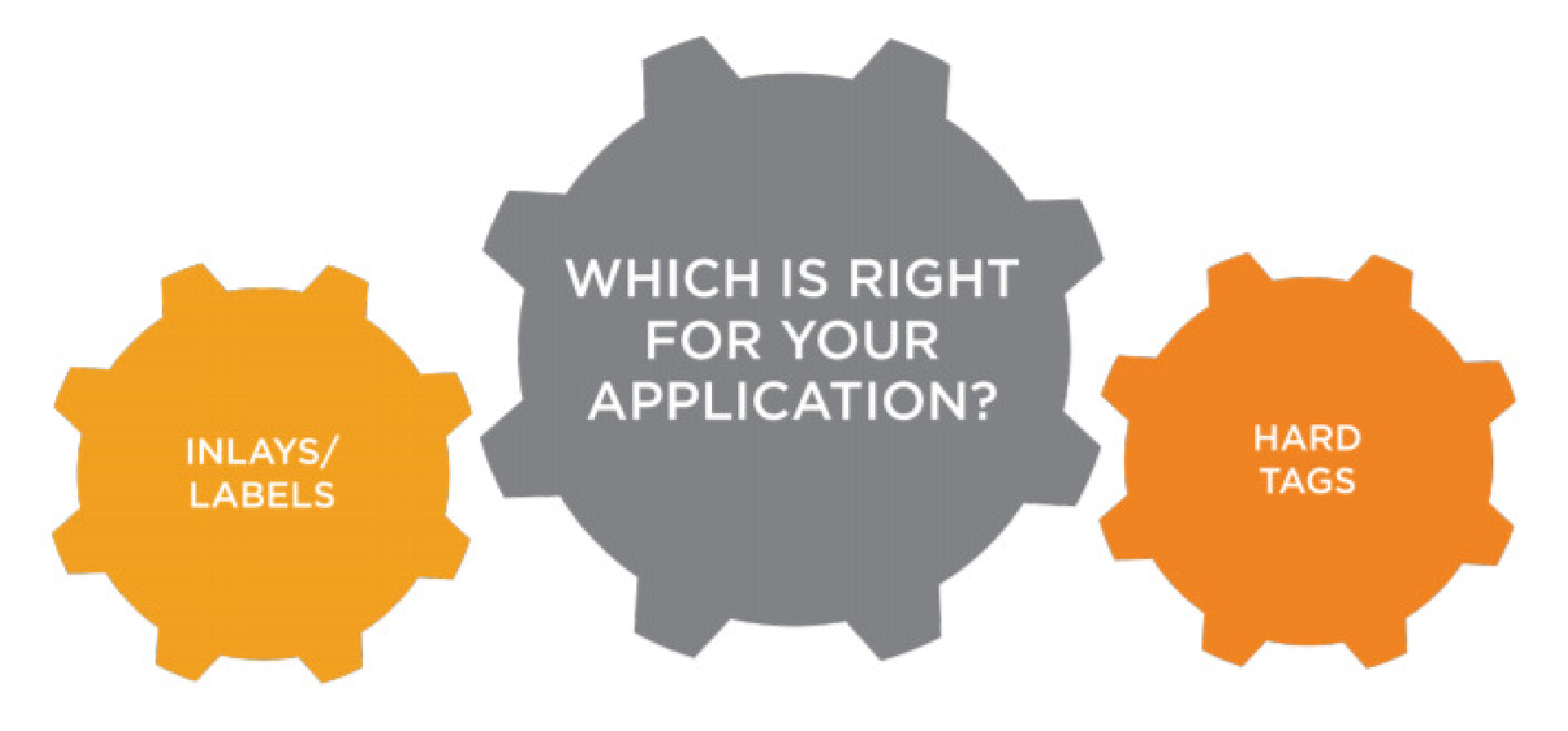
As with any fast-growing technology that shifts paradigms, RFID has raised some new issues as more and more tagging is done at customer premises; especially in case of asset tracking and retail applications. Due to large number and complexity on kind of assets to be tagged, it is becoming more and more critical to select and affix the RFID Tags in correct manner.
A lot of RFID projects fail due to improper tag selection and wrong tag application methods.
This guide is designed to provide basic details and precautions to integrators and end users on various available techniques for RFID tag selection and fixation.
General Tag Selection and Placement Factors
In selecting an appropriate tag location, several factors should be considered in case of any kind of asset tagging.
Orientation
Most RFID tags read best when presented in a specific orientation relative to the reader antenna. A tag in the wrong orientation may experience radically reduced read range or may not read at all. Experiment to determine the best orientation for a specific tag/reader combination, and ensure the tag is applied in the proper orientation.
Proximity to Metal
Metal presents a particular challenge to RFID. Most RFID tags experience reduced performance when used near metal. A tag placed directly on a metal surface will likely not read at all.
Some RFID tags are specifically designed for use on or near metal. These tags typically have a special housing which provides a gap of controlled thickness between the tag antenna and the metal surface or have a built-in metal foil (so the tag brings its own metal to work anywhere). The tags are also tuned to optimize performance near metal.
Mount-on-Metal tags by design can only be read from the exposed portion of the tag, opposite the metal. It is almost impossible to read a Mount-on-Metal tag from the other side of the metal surface.
Some tags are optimized to work on metal only. These include the Wavelinx Mini, Ferrum, Ciliko. It is important to ensure that for those tags, the base is in close contact with the metal surface. Any nonmetallic spacer placed between the tag and the surface may result in a reduction in performance.
Moisture
Although most tags are physically unaffected by water, the read range of some tags diminishes significantly in the presence of moisture. UHF read range is strongly reduced while the tag is wet. If it is suspected that a tag will be exposed to moisture, rain or snow, be sure to test the tag in the moist environment to ensure that it will perform as expected.
Mechanical Strength
Ensure maximum contact between the tag and the surface. This is especially important for adhesive fixation. Maximum contact will help to ensure that the tag remains in place when exposed to mechanical shock and vibration.
Obstructions
In general, RFID tags do not require line-of-sight to read in case of non-metallic and non-fluidic assets. Be sure however, to test tags in their final operating environment, to prevent any unforeseen interference from obstructions.
Fixation Methods
There are multiple tag fixing methods for different type of tags but the following two types of methods are most commonly used:
- Adhesive: Adhesive fixation may be one of the simplest methods to implement and typically results in the maximum possible read range for a specific tag. Regardless of the adhesive used, always ensure that the tag and surface are clean, dry and free of debris to ensure maximum bond strength. Although the bond may set quickly, total curing time may be different for different adhesives. Once applied, pressure and moderate heating can be used to create an even stronger bond. It is a good practice to give a curing time of at least 2 hours for any adhesive being used. When a stronger adhesive bond is required, or the application environment is harsh, a silicone sealant or acrylic adhesive tape may be used.
- Mechanical Fasteners / Riveting : have holes through which a screw or rivet can be used to secure the tag mechanically. This method is recommended for applications that involve a high risk of mechanical stress, aging or in which the temperature during fixation is too low to promote a strong bond using the adhesive method. Select a screw or rivet that is appropriate for the surface material to which the tag is being applied.
